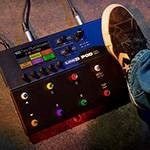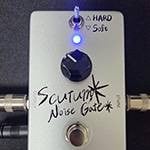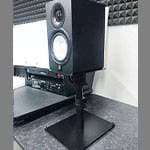CLASSIC PRO / AM03 Compact USB Mixer for Streaming
We often receive questions such as, "Is it safe to plug a dynamic microphone into a compact mixer designed for streaming?" In this article, I would like to focus on this topic.
Among the many mixers available, some do not have a switch to turn phantom power on or off. In other words, they lack a dedicated phantom power switch.
The CLASSICPRO "AM03" is one such mixer.
(By the way, the phantom voltage of this device is specified as "+18V.")
Since the "AM03" does not have a phantom power switch, phantom voltage is always applied to the XLR terminals.
So, what happens if you connect a dynamic microphone in this state...?
Before we answer that question, let's first review what phantom power is.
Phantom power refers to a system or device that supplies the necessary power to condenser microphones.
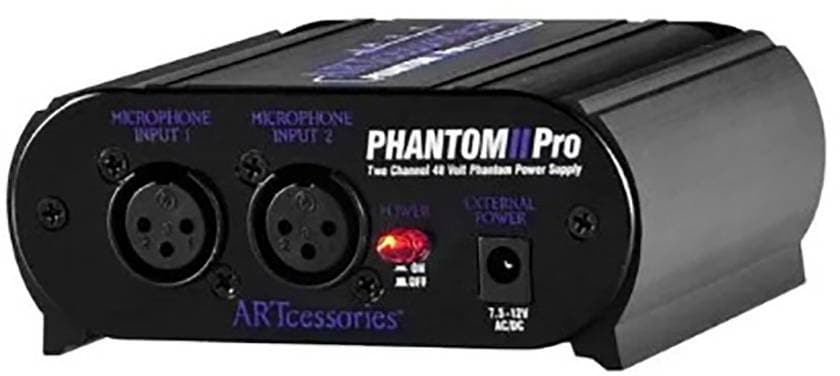
↑Above is an ART phantom power supply.
By applying a "+48V" voltage to pins 2 and 3 of the XLR terminal (microphone input) from equipment such as mixers, it is possible to drive a condenser microphone.
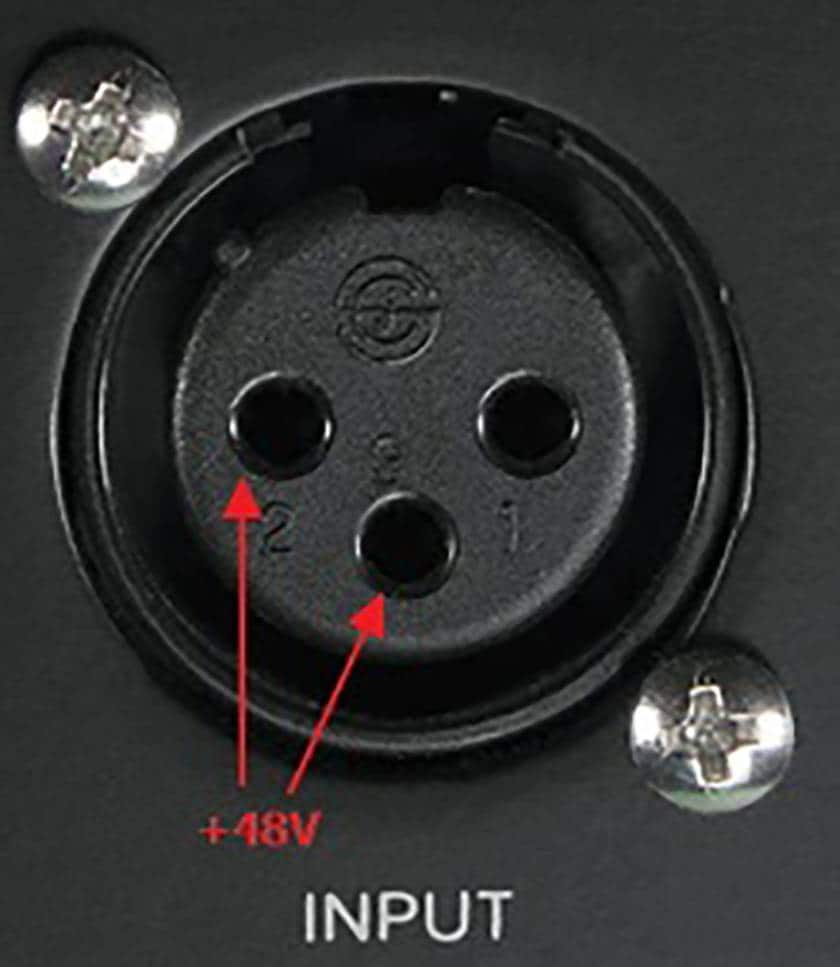
Although +48V is the standard, there are mixers and power supplies that apply lower voltages such as +24V or +15V.
Condenser microphones require a power supply (DC voltage) to generate audio signals, which is why the phantom power system described above exists.
For more information on how condenser microphones produce sound, please refer to the following URL.
Sound House Guide / What is a Condenser Microphone / How it Produces Sound
Now, let's get back to the main topic.
What happens when phantom power is applied to a dynamic microphone?
Since the exact same voltage is applied to pins 2 and 3 of the XLR, (almost) no current flows through the terminals connected to both ends of the voice coil (i.e., pins 2 and 3).
Simply put, a "balanced" dynamic microphone will not be damaged if you plug it in.
Moreover, even among dynamic microphones, there are some differences in internal structure.
The most famous dynamic microphone is probably the SHURE "SM58."
Let's take a look at the structure of the "SM58."
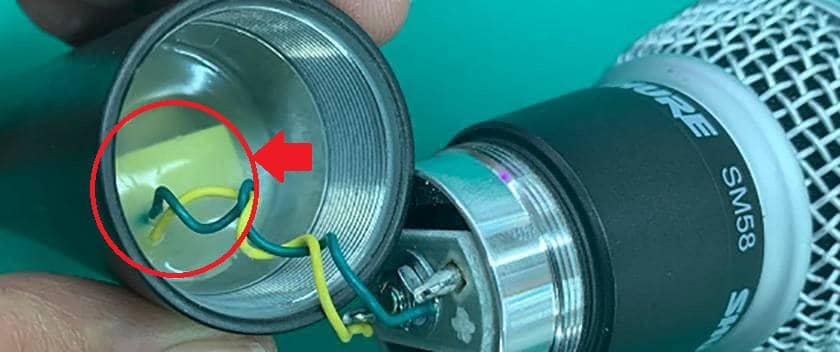
The part circled in red in the image is a small transformer.
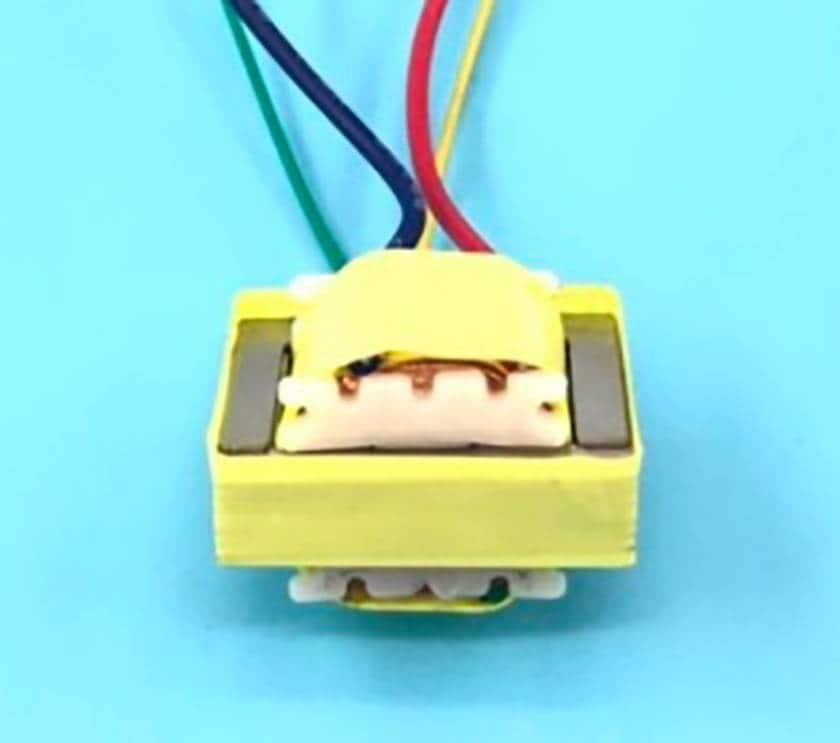
Such a transformer is placed between the XLR terminals and the voice coil (mic capsule assembly) in the wiring.
In other words, even if phantom voltage is applied to the XLR terminals, the voltage will only affect one side of the transformer and will not impact the voice coil.
Similarly, some dynamic microphones have a DC-cut capacitor placed between the XLR terminals and the voice coil. This is more commonly seen in lower-priced, Chinese-made microphones.
From the above, we can say that for dynamic microphones with a transformer or capacitor in between, the voice coil is almost never at risk.
So, why has the misconception that "you shouldn't connect phantom power to a dynamic microphone" become so widespread?
There are two main reasons for this.
The first reason is that there are indeed microphones that can be damaged if connected.
While I have been using the term "balanced," there are some microphones that, despite being equipped with XLR terminals, are internally "unbalanced."
This is often seen in karaoke microphones, where pins 1 and 3 of the XLR terminal are shorted (connected together).
In such cases, a potential difference occurs between pins 2 and 3, causing current to flow.
This can potentially damage not only the microphone's voice coil but also the equipment on the supply side, such as mixers. Therefore, it is best to avoid connecting any microphones that are not balanced dynamic microphones.
The second reason is a common practice in PA systems: "Do not plug or unplug cables or microphones while the phantom power is ON."
However, this is not actually because it will damage the microphone.
The main reason is to prevent damage to the output speakers connected to the mixer.
The long-established microphone manufacturer SHURE provides the following explanation on their website.
Question
Is there a proper way to turn phantom power on and off without damaging the microphone?
Is it possible to plug and unplug the microphone while the phantom power is on?
Should the phantom power be turned on after connecting the microphone?Answer
First, let's assume the microphone is low impedance and has a balanced output, as professional microphones do. In this case, no matter how you operate it, the microphone will not be damaged. You do not need to turn off the phantom power before connecting the microphone.
However, if you plug or unplug the microphone while the mixer is powered on, you might damage the loudspeakers. A loud pop sound can occur when plugging or unplugging the microphone. Lower the mixer's master fader before plugging or unplugging the microphone. This will help prevent damage to the speakers.Source:SHURE FAQ site
I hope you now understand the relationship between phantom power and dynamic microphones.
Most dynamic microphones are balanced, so you can generally use them without any special concerns. However, if you are still a bit worried, you can use a multimeter to check if pins 1 and 2/3 of the microphone's XLR terminal are not connected.
I hope this article has been helpful to you.





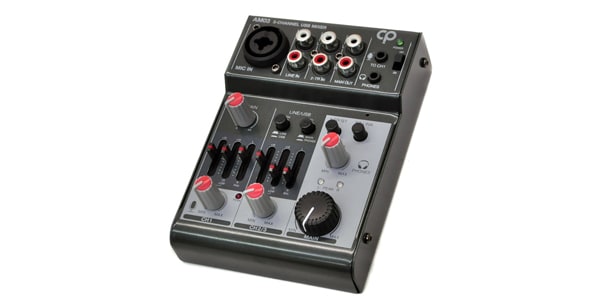





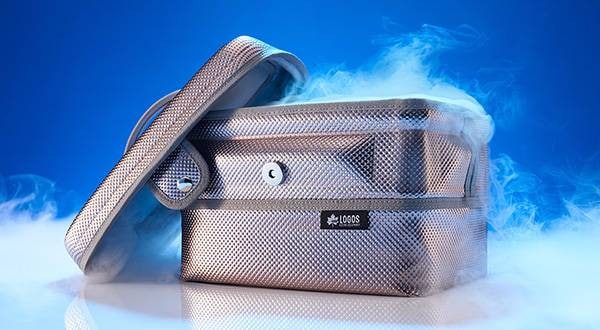
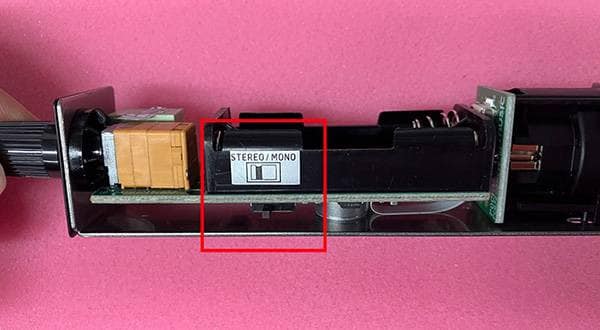
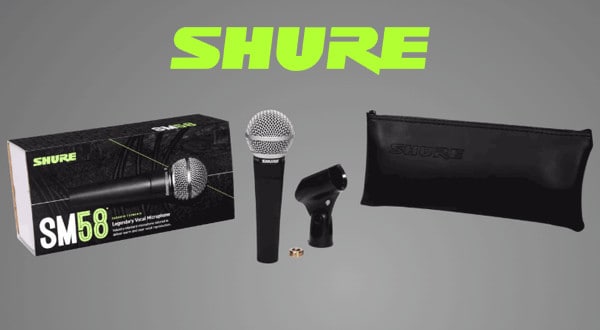
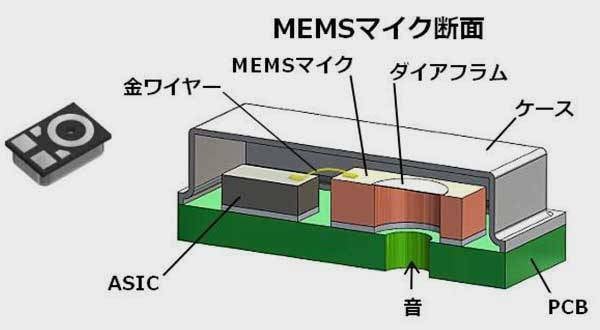

![An Exploration of Microphones: [Dynamic Microphone Edition]](/contents/uploads/thumbs/5/2021/11/20211118_5_15204_1.jpg)
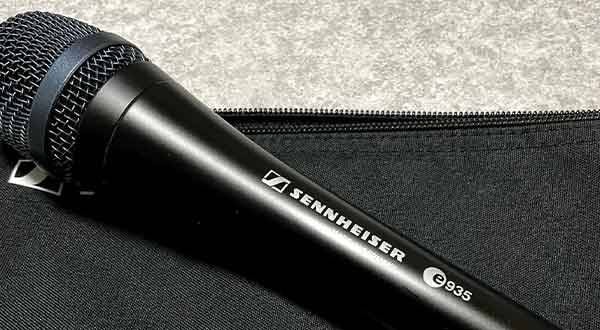

 MXLマイク購入ガイド
MXLマイク購入ガイド
 コンデンサーマイクとは
コンデンサーマイクとは
 マイクケーブルの作り方
マイクケーブルの作り方
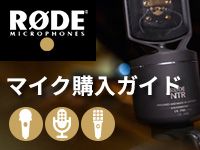 RODEマイク購入ガイド
RODEマイク購入ガイド
 ワイヤレスマイクロホン
ワイヤレスマイクロホン
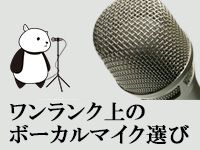 ワンランク上のボーカルマイク選び
ワンランク上のボーカルマイク選び
